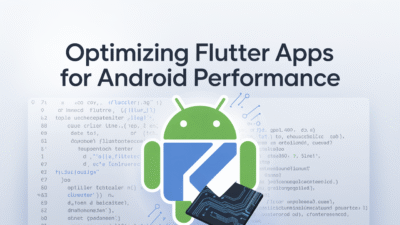In the competitive world of mobile app development, monetization is a critical aspect that can determine the success and sustainability of your application. The Google Play Console offers an array of advanced features designed to help developers maximize their revenue streams. Whether you’re managing a game or a utility app, understanding and leveraging these tools can significantly enhance your monetization strategy.
One of the most powerful aspects of the Google Play Console is its comprehensive monetization suite. Developers can set up and manage in-app products, subscriptions, and pricing strategies directly from the console . This flexibility allows for dynamic adjustments based on market trends, user behavior, and revenue goals. For instance, you can offer tiered pricing models or bundle multiple items within a single transaction, providing users with value while boosting your average transaction size .
For game developers, the console introduces strategic guidance tools aimed at optimizing monetization performance. These tools provide metric-driven insights that help identify key areas for improvement, such as user retention, in-app purchase conversion rates, and lifetime value (LTV) projections . By analyzing this data, developers can make informed decisions about where to focus their efforts—whether it’s improving engagement mechanics, adjusting pricing tiers, or introducing new content that encourages repeat purchases.
Another significant feature is the ability to configure subscriptions effectively. Subscriptions are a popular monetization model, especially for apps offering ongoing services or content updates. Within the Monetize section of the Play Console, developers can access settings that allow them to define subscription periods, manage free trials, and receive real-time event notifications to track subscriber behavior . This level of control ensures that you can tailor your offerings to match user expectations while maintaining a steady revenue flow.
Google Play Commerce further enhances monetization by integrating deeply into the Play ecosystem. It provides developers with tools and programs specifically designed to reach monetization goals, including promotional campaigns, targeted offers, and analytics dashboards that highlight high-performing aspects of your app . Leveraging these integrations can help increase visibility and drive more conversions, particularly when combined with A/B testing strategies to refine user experiences continuously.
Additionally, the Play Console includes robust revenue analytics capabilities. App marketers can gain insights into which monetization tactics are yielding the best results through detailed reports on sales, refunds, and geographic performance . These metrics not only help in assessing current strategies but also serve as a foundation for future planning, allowing developers to allocate resources more efficiently toward high-impact initiatives.
As the landscape of mobile app monetization evolves, staying ahead requires continuous learning and adaptation. Google Play Academy offers educational modules like "Understand Play app signing" and "Introduction to release management," equipping developers with the knowledge needed to navigate complex processes while focusing on growth-oriented practices . Investing time in mastering these features ensures that you’re utilizing every available tool to optimize your app’s financial potential.
In conclusion, the Google Play Console goes beyond basic distribution functions—it serves as a full-fledged platform for strategic monetization. From sophisticated in-app purchasing systems to actionable analytics and subscription management tools, developers have everything they need to build a profitable business around their applications. By fully embracing these advanced features, you position yourself to thrive in an increasingly crowded marketplace while delivering meaningful value to your users.
